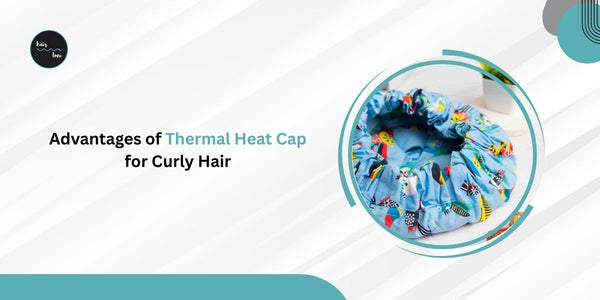Porosity Facts You Didn’t Know

If you need help finding products, consider the porosity of your hair. The cuticle’s tightness or looseness along the hair shaft determines this. Low porosity hair is tightly bound, making it difficult to absorb moisture, whereas high porosity hair is loosely bound or lacks layers, making it difficult to retain moisture. Many people associate high porosity hair with color-treated hair, but aside from genetics, these are not the only ways to get high porosity hair. Here are some porosity facts you didn’t know.
1. Chemical processing can have an impact on porosity.
When one uses permanent hair color, the hair’s cuticle is lifted, and the current pigment is altered, which is a damaging process by nature. Dying your hair can change your hair’s porosity from low to normal to high. Furthermore, suppose you have naturally high porosity hair. In that case, permanent hair color may not be the best coloring option because high porosity hair struggles to retain moisture, so hair color and other chemical processes would only exacerbate this problem, and excessive dryness leads to breakage. This is why many women who color their hair alter their regimens to include products that preserve their hair color while also addressing their protein and moisture requirements.
2. Heat styling can have an impact on your porosity.
Thermal styling with blow dryers, flat irons, curling wands, and other heat tools depletes the hair of moisture. High or prolonged heat can change the natural structure of protein physically and irreversibly. Although you may not experience heat damage, it brings a change in your curl pattern or excessive dryness; the process is harmful even if it is not detrimental to your length retention or does not alter your curl pattern. Excessive heat styling can cause your healthy low or medium porosity hair to become high porosity, which results in brittle hair that is prone to breakage. Instead of drying your hair with a dryer, please search for a microfiber towel online (try HairLove India) and buy it.
3. Only your ends can have high porosity.
The tip of the hair is the oldest part of the hair. They are prone to the most dryness, which results in split ends and single strand knots. Many people recommend sealing your hair’s ends with butter or oil to reduce moisture loss. If you do not regularly trim your ends, you will most likely have high porosity ends while the length of your hair is normal to low porosity.
4. Excessive manipulation can reduce porosity.
Each hair strand is distinct. It has three layers: the cuticle (outer), the cortex (middle), and the medulla (center). The cuticles are estimated to have five-twelve layers each at any given time; this may vary depending on the manipulation from styling and maintenance. Think again before you feel you need products for each strand of hair; this is not the same as caring for mostly virgin hair with a purple bang or platinum blonde ombre ends. Keep experimenting with different products to see what works best for you.
Heat, chemical, and mechanical damage all add up. When the cortex is damaged by heat treatment, it remains damaged. Hair conditioners and gentle treatment can help extend the life of damaged hair, but it is still damaged and will continue to deteriorate. How you care for your hair will be determined by the severity of the damage and your hair goals. People with low to normal porosity hair will never have high porosity hair.
In contrast, those who experiment more should change their products, deep condition more frequently, and include protein treatments in their regimen. Don’t be afraid to experiment with different hairstyles; be mindful of your choices and adjust your regimen accordingly. Use a specialized curly hair detangler brush whenever trying new hairstyles.




